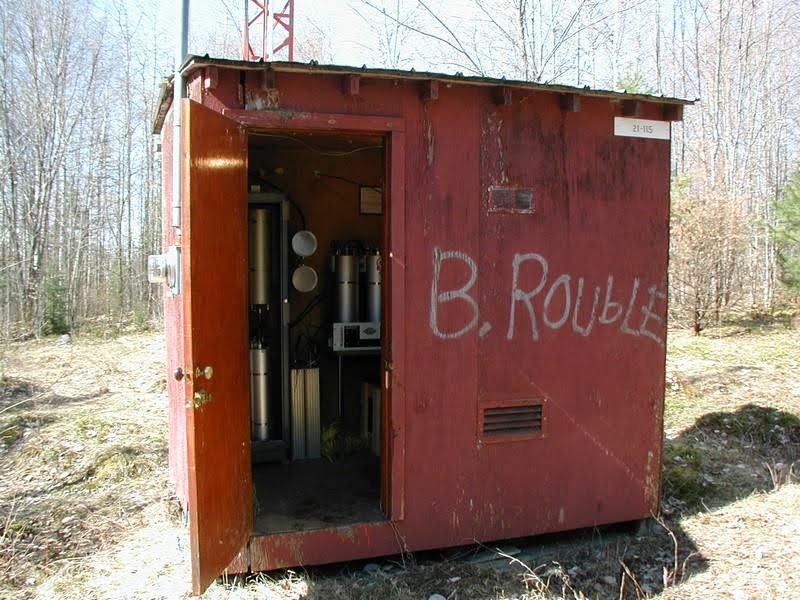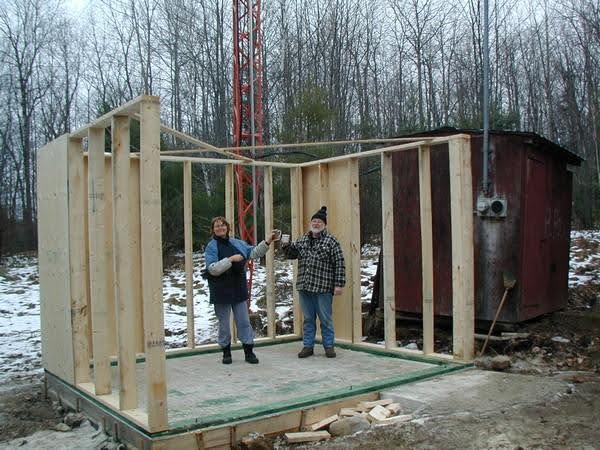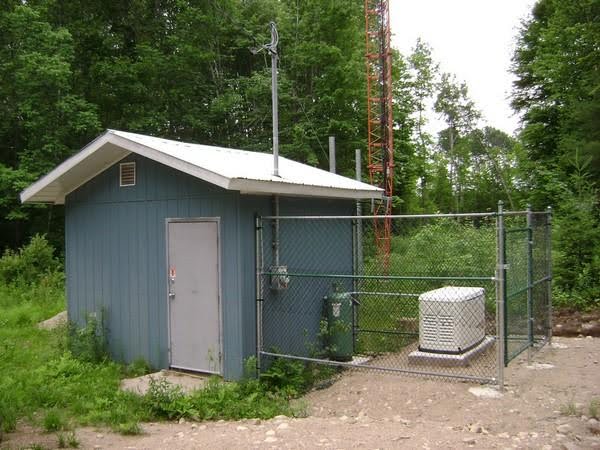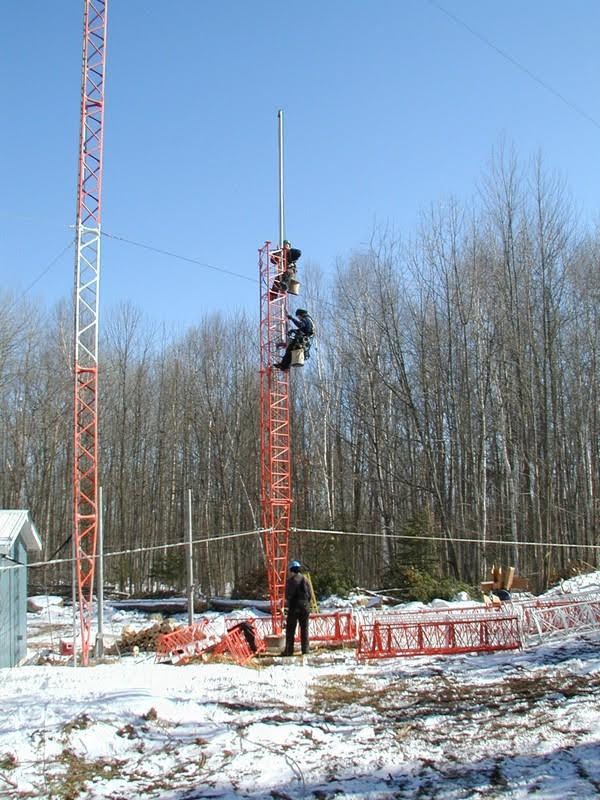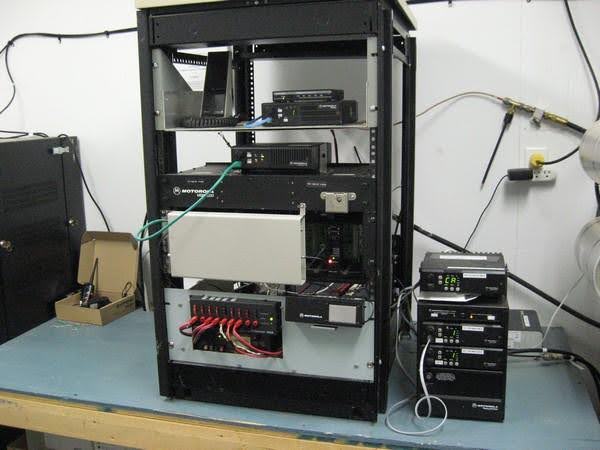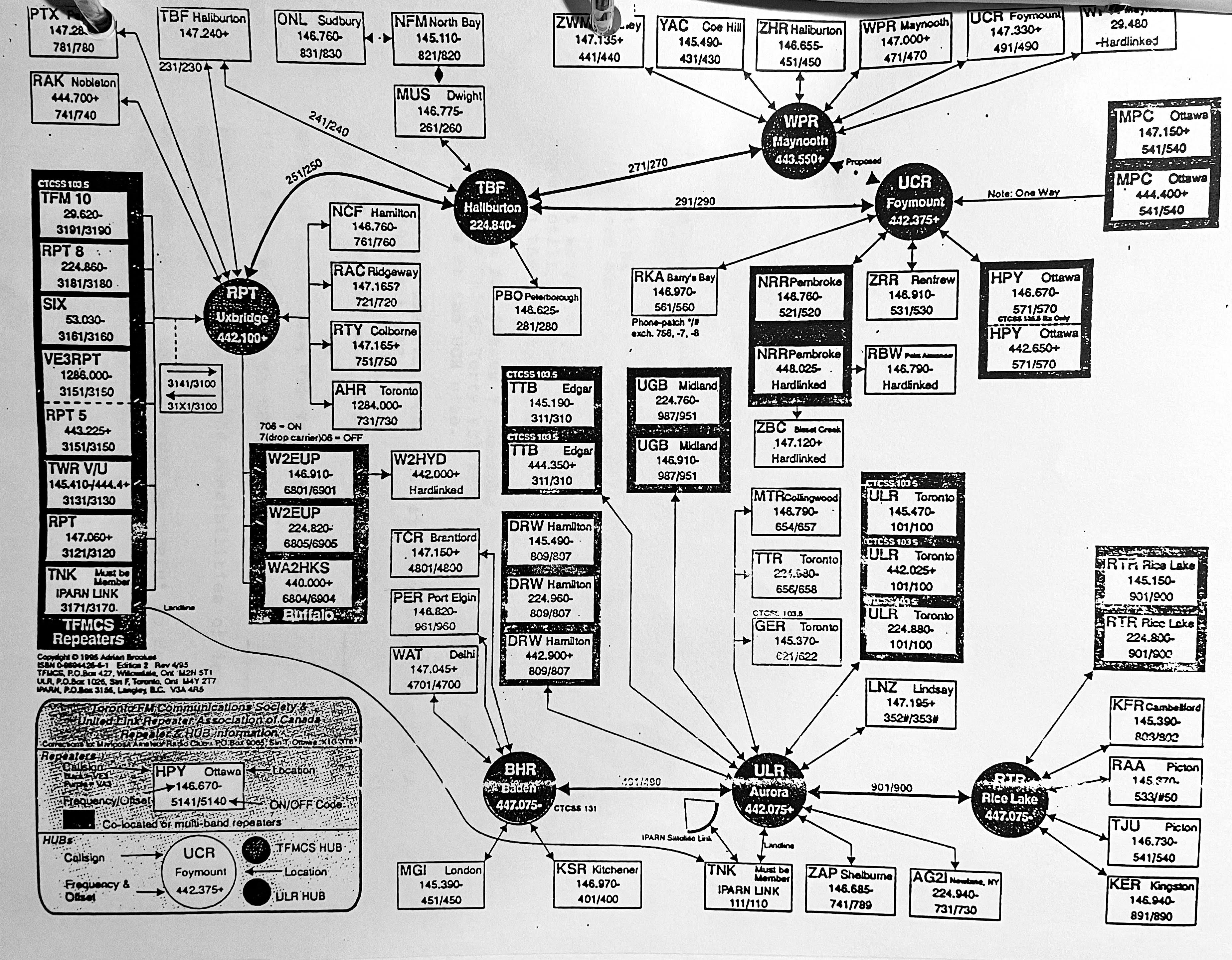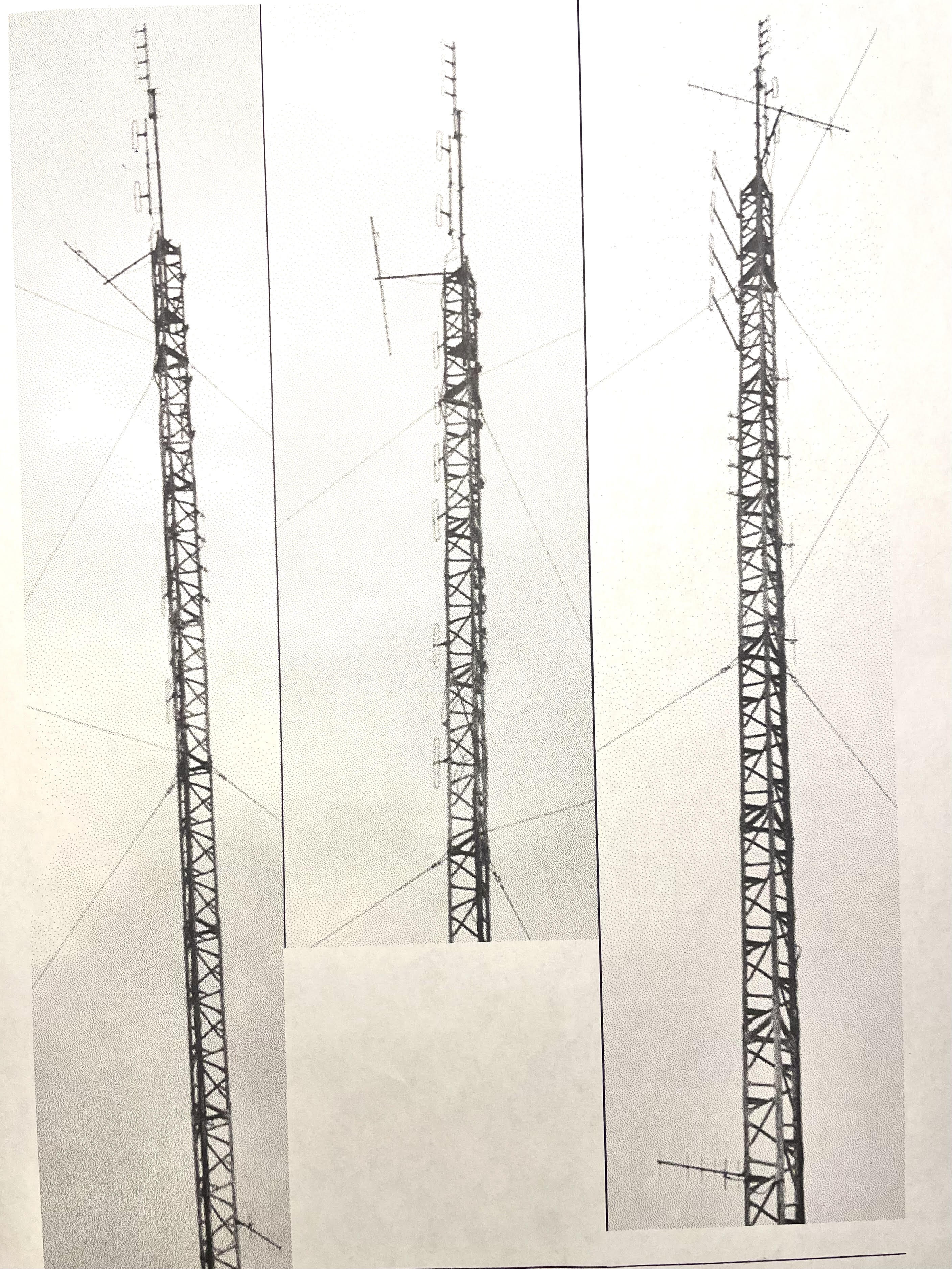In 1973 there was only VE3STP serving the upper Ottawa Valley. Jack VE3YX from Deep River had been involved in the development of STP. Mobile operation with STP was marginal in Deep River and the only reliable place to get into the repeater was at the waterfront. Base station operation with a YAGI was quite good. I had a 7 element homebrew YAGI mounted on a pole made from a fir tree that gave me a good signal into STP with 10 Watts from my Pye Cambridge.
Cliff Brown VE3AGN wanted to put up a repeater that gave better coverage to the Upper Valley. The Saint Lawrence Valley Repeater Association was in operation by then and Cliff and I went to a meeting in North Bay sometime in 1973. Cliff applied for and got permission to use 146.760 for a new repeater in Deep River and he got the call sign VE3NRR (North Renfrew Repeater). Somewhere, Cliff acquired a Motorola repeater that took up a 6 foot rack and must have weighed 200 lbs. We had quite the struggle getting it into his basement on Highland Cr.
Fortunately, before getting any further with the Motorola, he got a GE progress line repeater which we installed on the mezzanine in the Steam Plant in Deep River. The steam plant was where the Santa Fe restaurant is now. A crew consisting of Cliff, Norm Gentner VE3UE, Jack and myself and others, maybe Ed Dobenko VE3BV put up 7 sections of Golden Nugget tower on the Steam Plant roof. I don't recall what antenna we used. Cliff, with help, built a 6 cavity duplexer from copper sewer pipe and brass stock. Cliff had access to an HP network analyzer and tuned the duplexer to 100 dB of isolation. The Motorola repeater was disassembled and disappeared. The rack cabinet now holds the cavities at the RBW site for the Laurentian Hills Fire Department repeater.
Eventually, the steam plant was destined to be torn down and we needed to find a new home for NRR. Sometime before the move, the club bought a Hamtronics solid state repeater kit. It was assembled by Jack and Ed. Norm sent a letter to the head of the Petawawa Forestry to ask if we could locate the repeater on a tower of theirs and got permission.
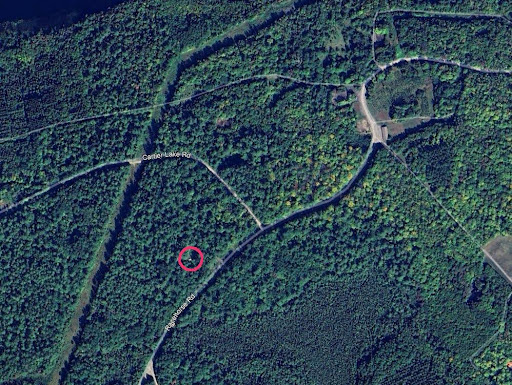
The Forestry site location for VE3NRR
Ed built a copper pipe 4 dipole array mounted on a 32 ft aluminum mast which was mounted on the side of the tower. The repeater never worked very well there. Whenever the tower was shaken by wind, there was a lot of noise on the input. Once, in winter, the repeater quit. I went to the site and was surprised to see no snow on the roof of the shack. When I opened the door, it was like an oven inside. The thermostat had failed and left the heat on full. The receiver was OK, but the transmitter needed work which it got from Cliff and I.
We got the opportunity to move the repeater to the CHRO site. Doug Westacott VE6SI installed Ed's antenna well up the tower, maybe 375 ft ? The repeater was installed in a cubby hole in the basement of the CHRO building.
Only VE3STP served the upper Ottawa Valley. Mobile operation was marginal in Deep River, with reliable access only at the waterfront. Base station operation with a YAGI provided good connectivity.
Cliff Brown VE3AGN obtained permission to use 146.760 for a new repeater in Deep River, receiving the callsign VE3NRR (North Renfrew Repeater).
Initial Installation
The first major milestone was the installation at the Steam Plant (current location of the Santa Fe restaurant). A dedicated team including:
- Cliff Brown VE3AGN
- Norm Gentner VE3UE
- Jack VE3YX
- Ed Dobenko VE3BV
The team installed 7 sections of Golden Nugget tower on the Steam Plant roof. Cliff, with assistance, constructed a 6 cavity duplexer from copper sewer pipe and brass stock, achieving 100 dB of isolation using an HP network analyzer.
Relocations
Initial installation with GE progress line repeater and custom duplexer.
Relocated with a Hamtronics solid state repeater kit, assembled by Jack and Ed. Featured a copper pipe 4 dipole array on a 32 ft aluminum mast.
Final relocation to CHRO building basement, with antenna mounted approximately 375 ft up the tower by Doug Westacott VE6SI.

